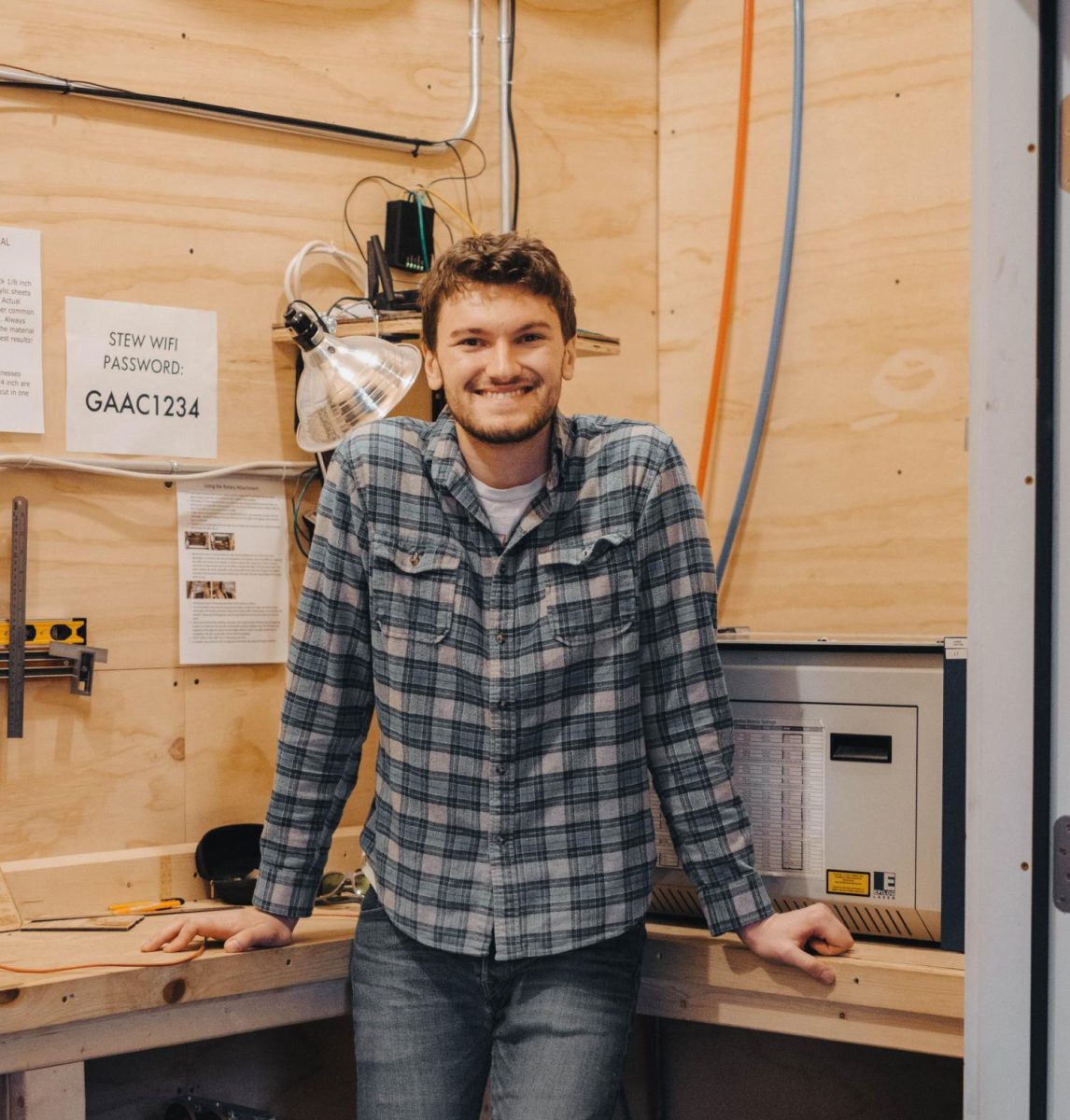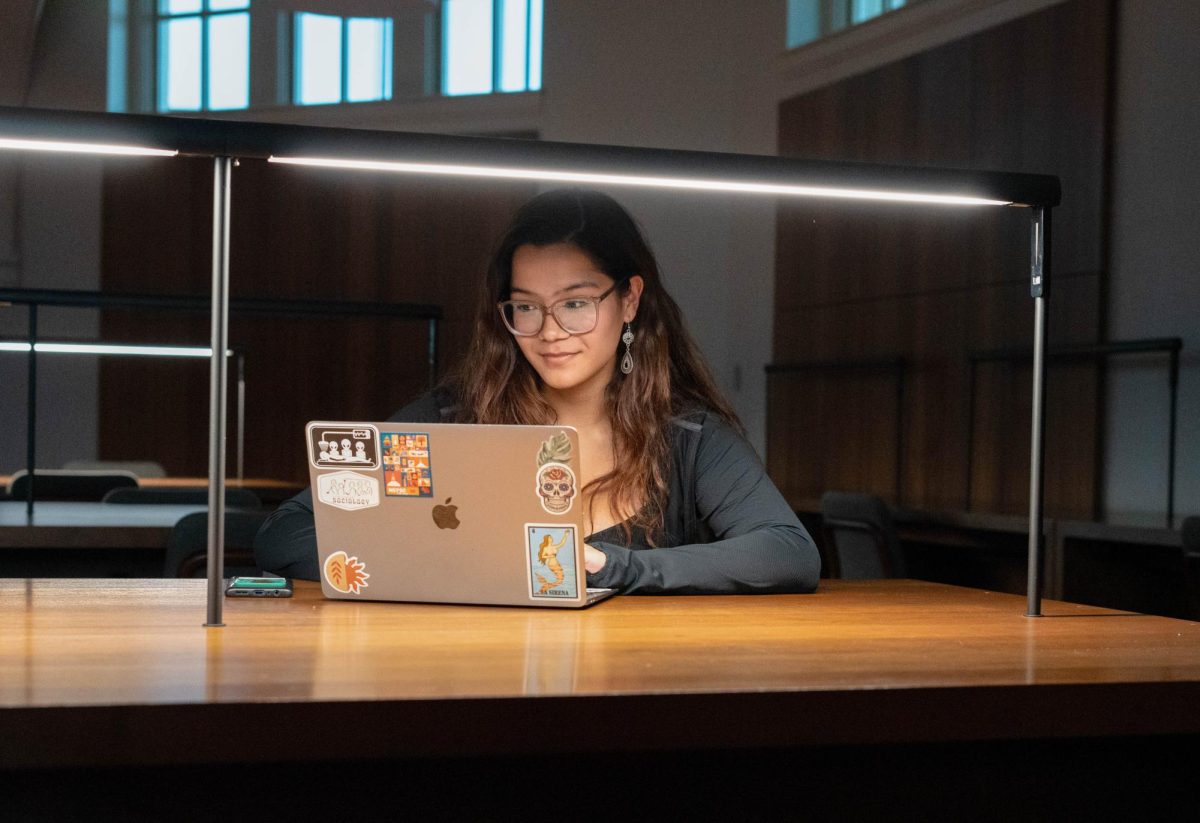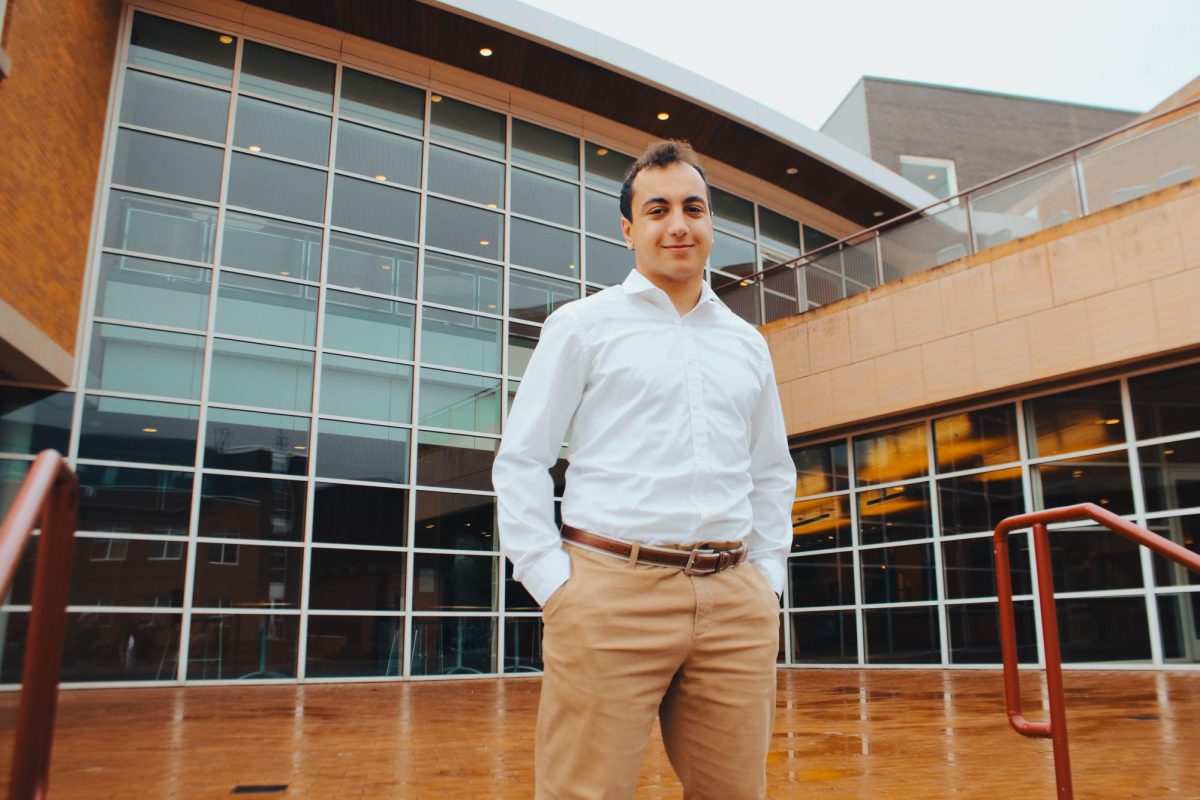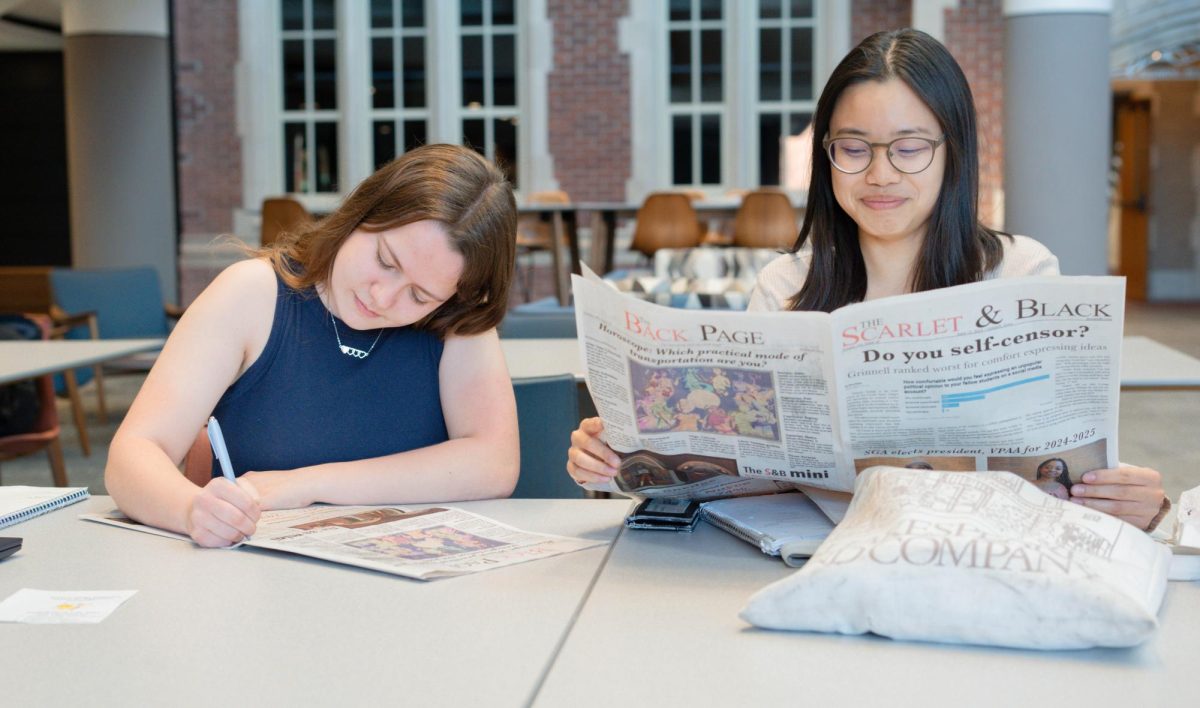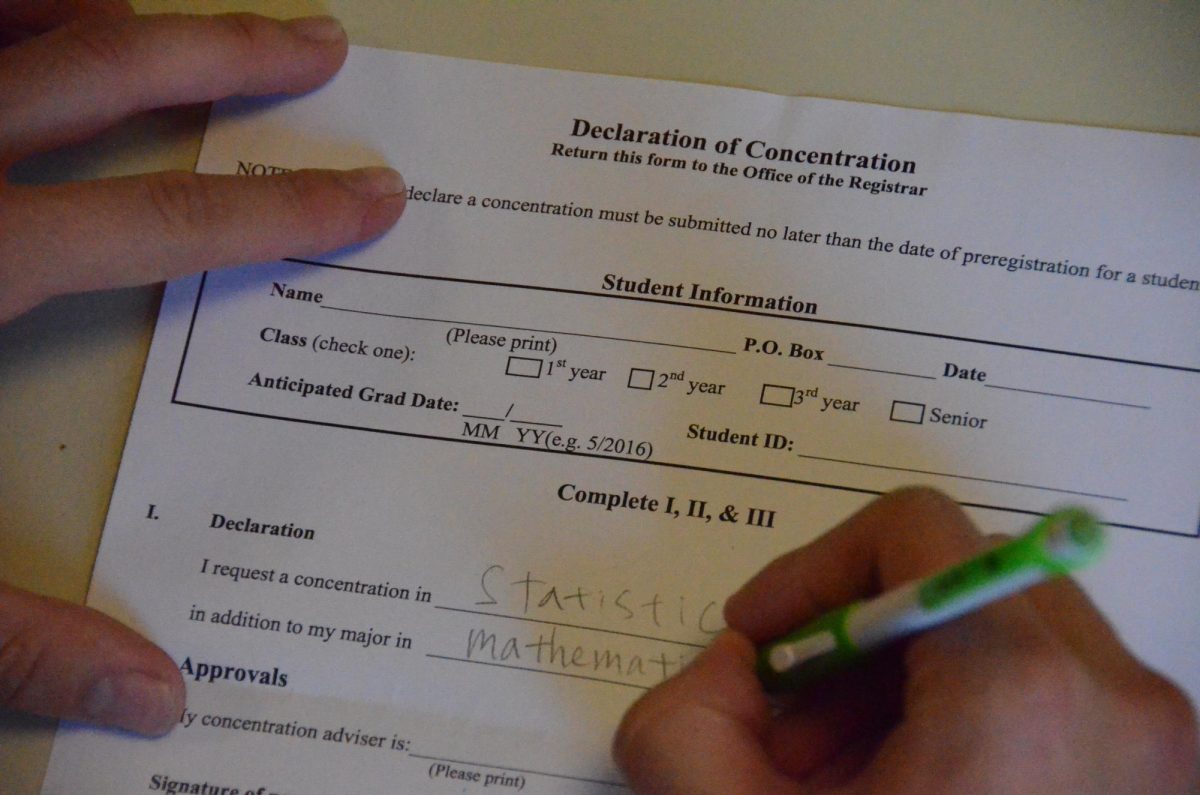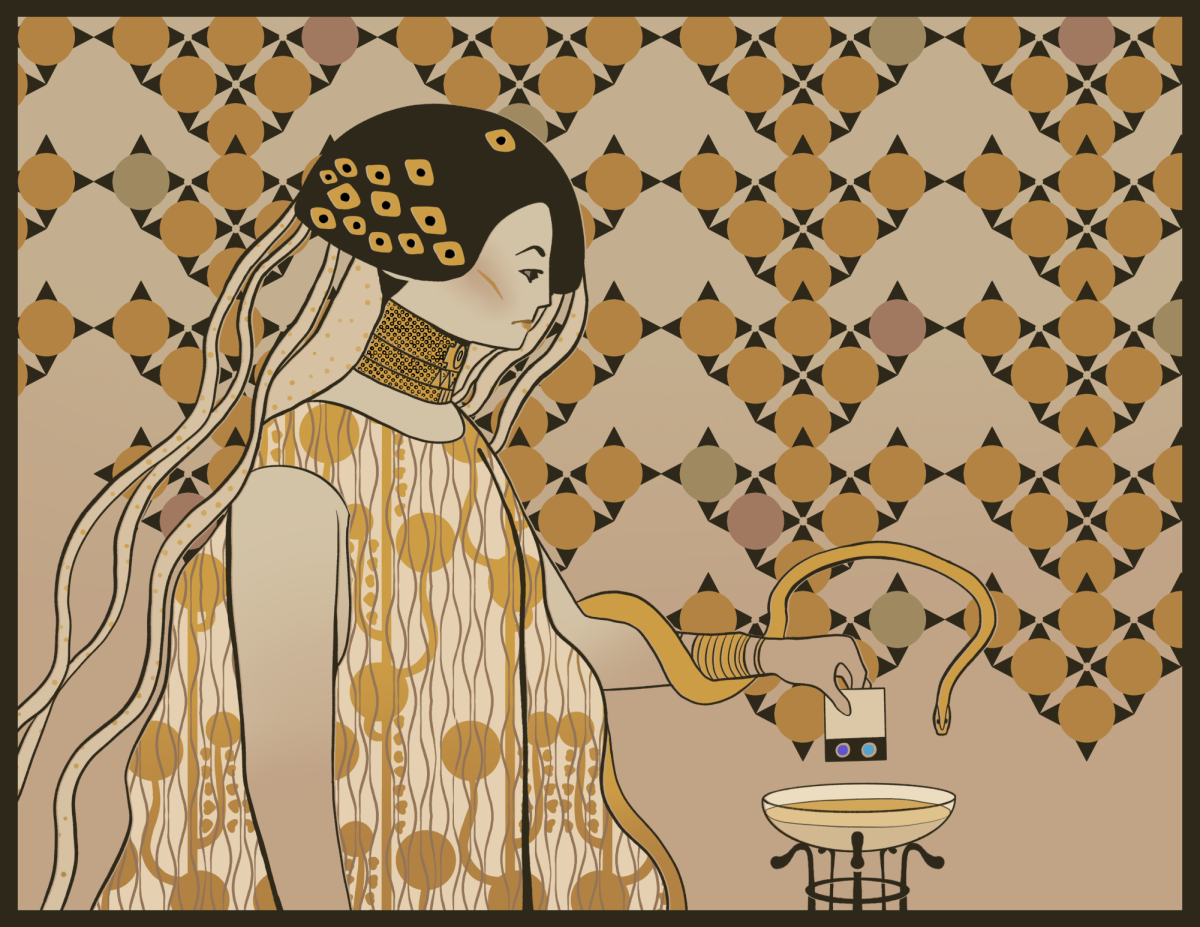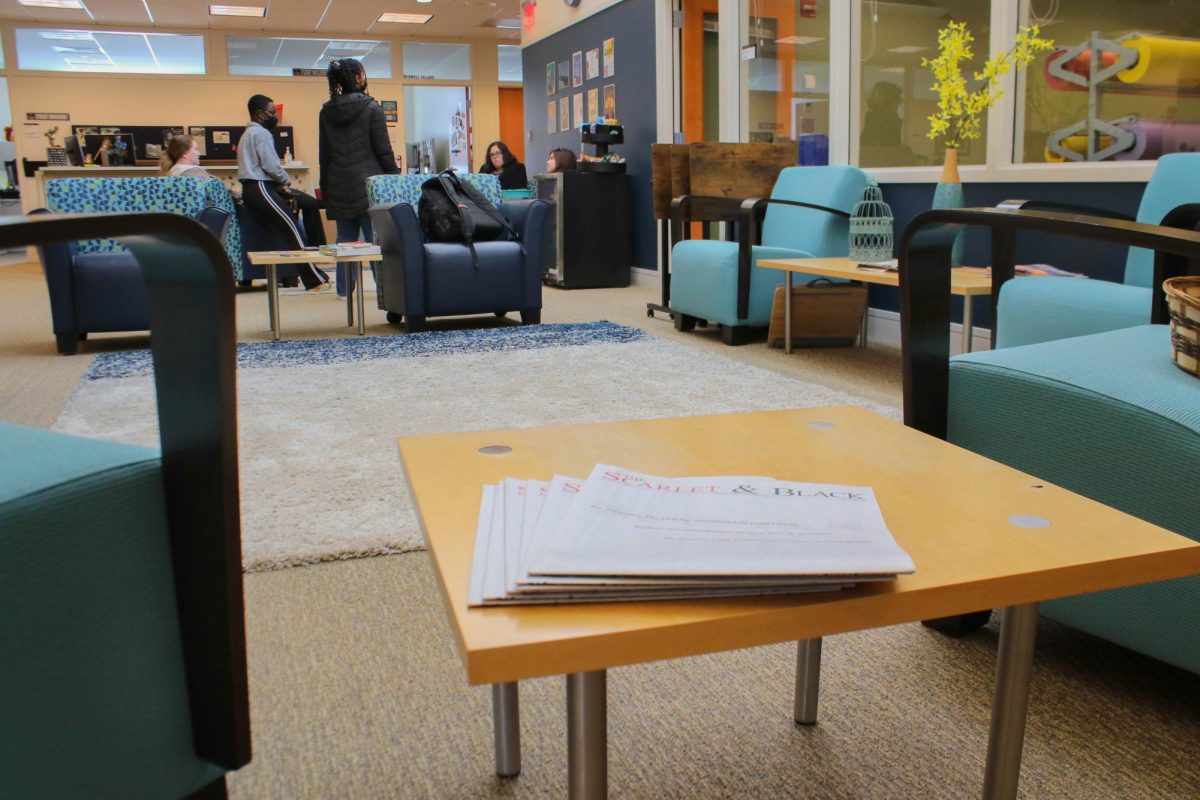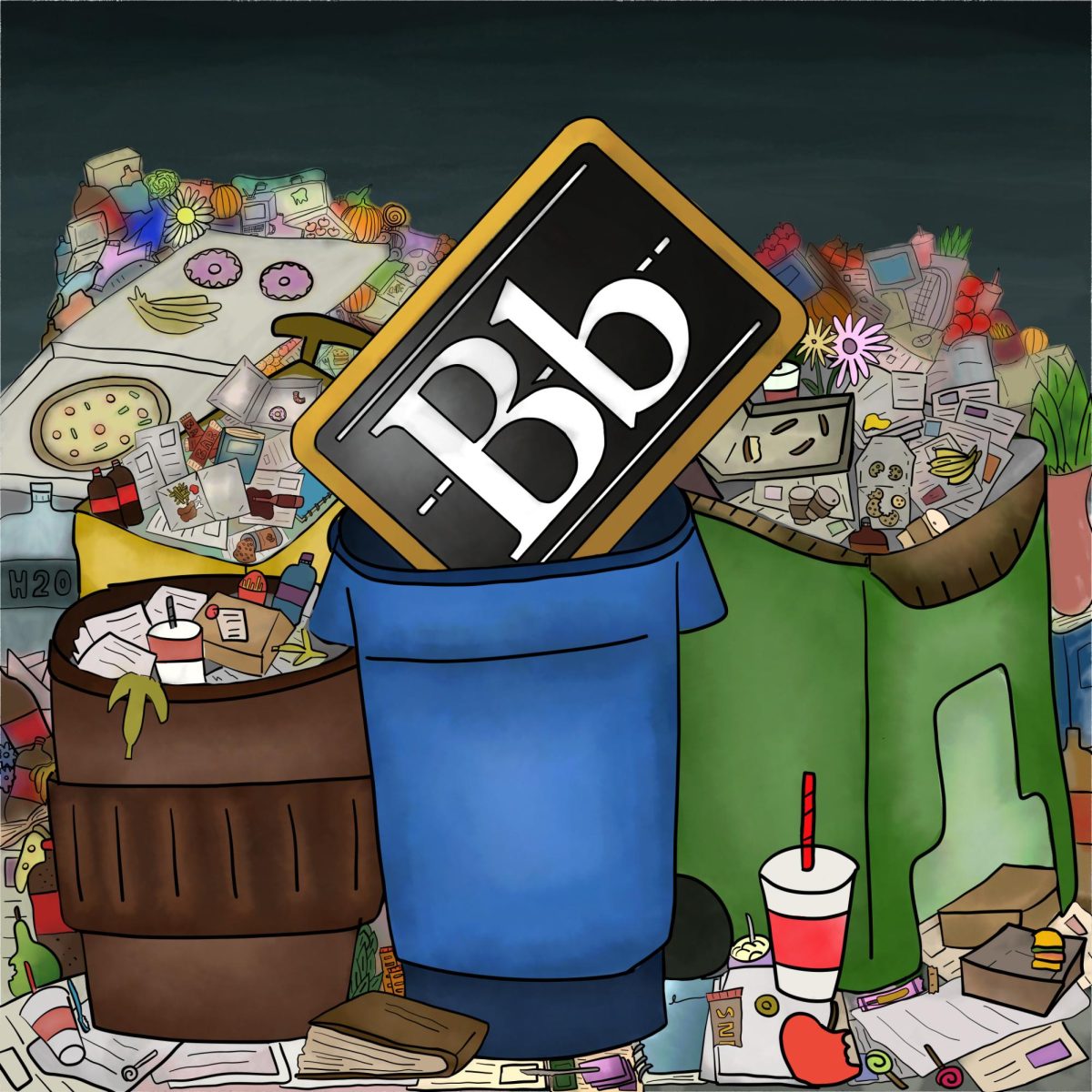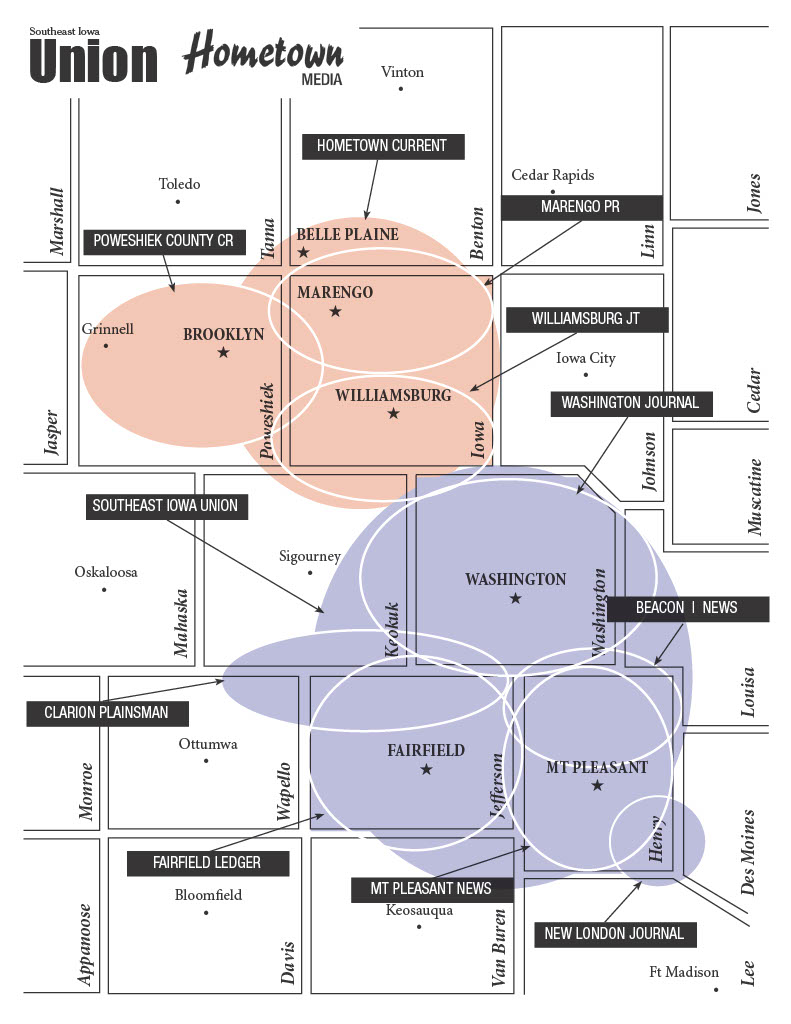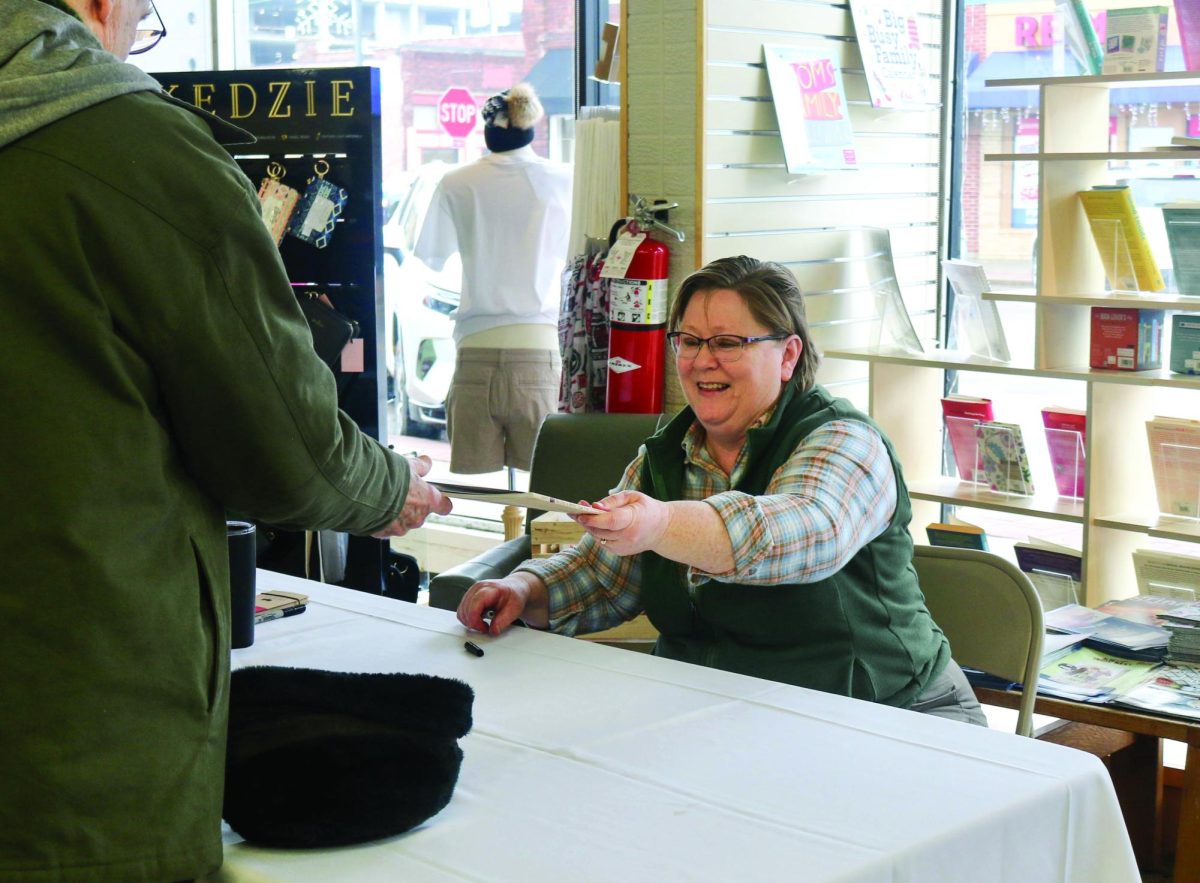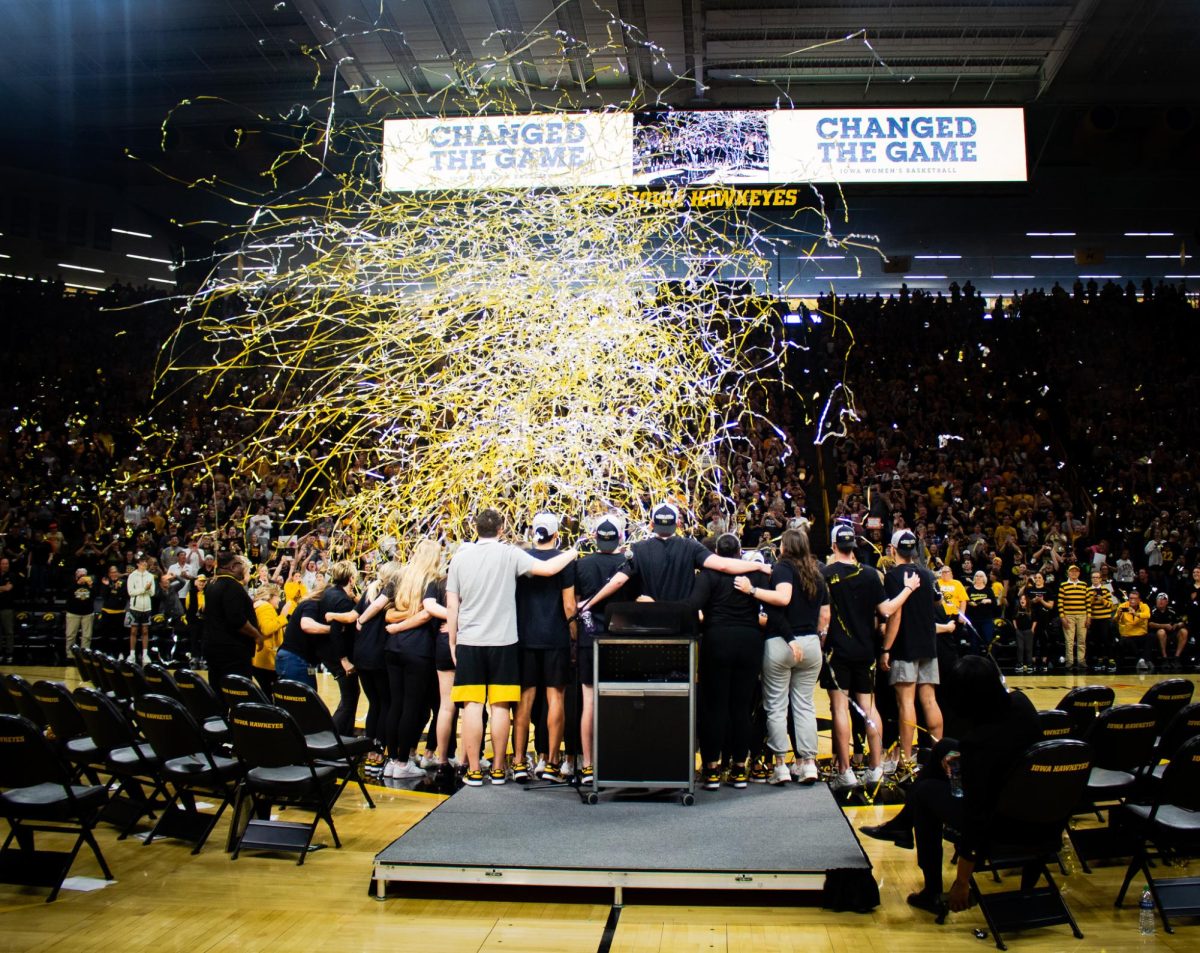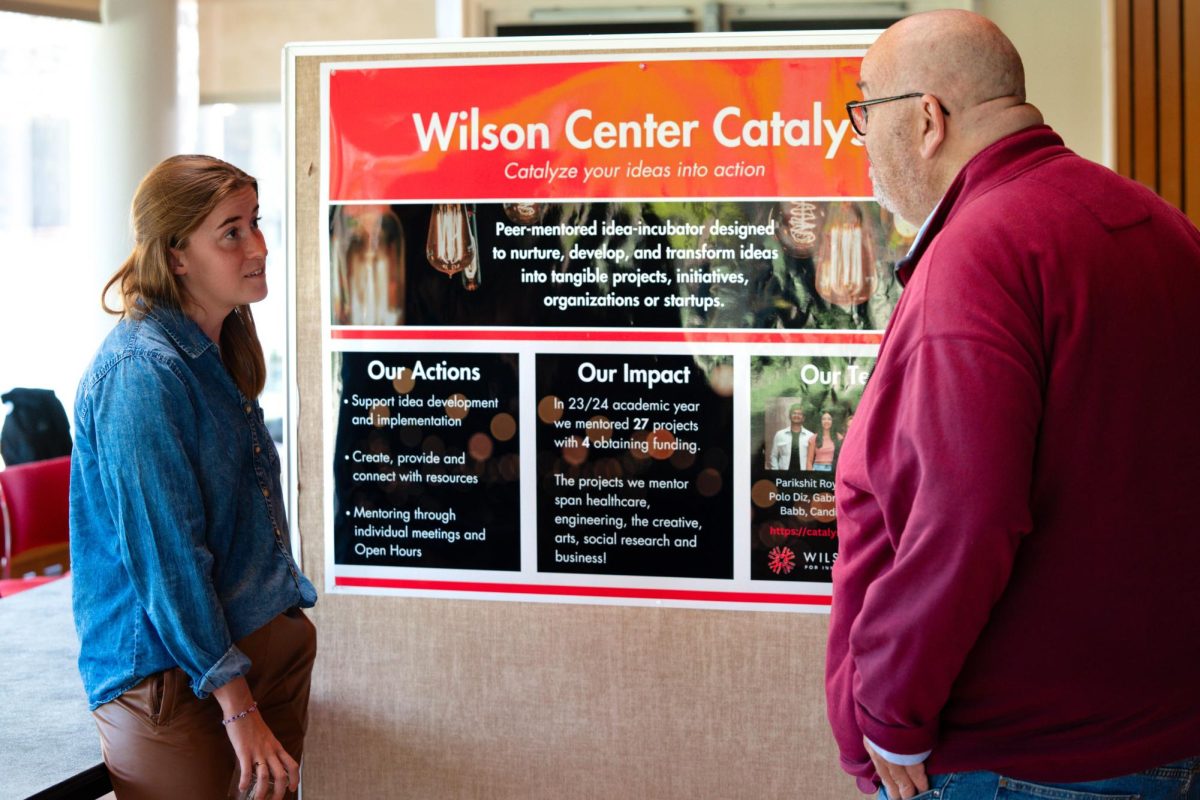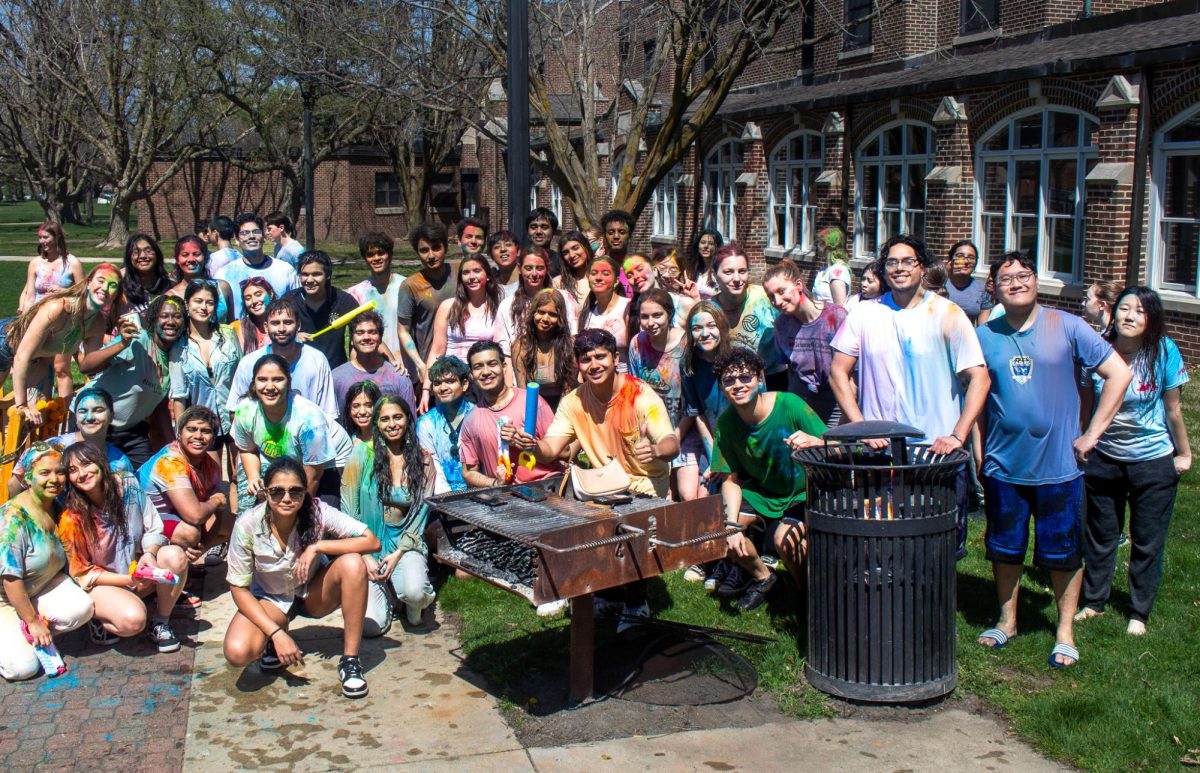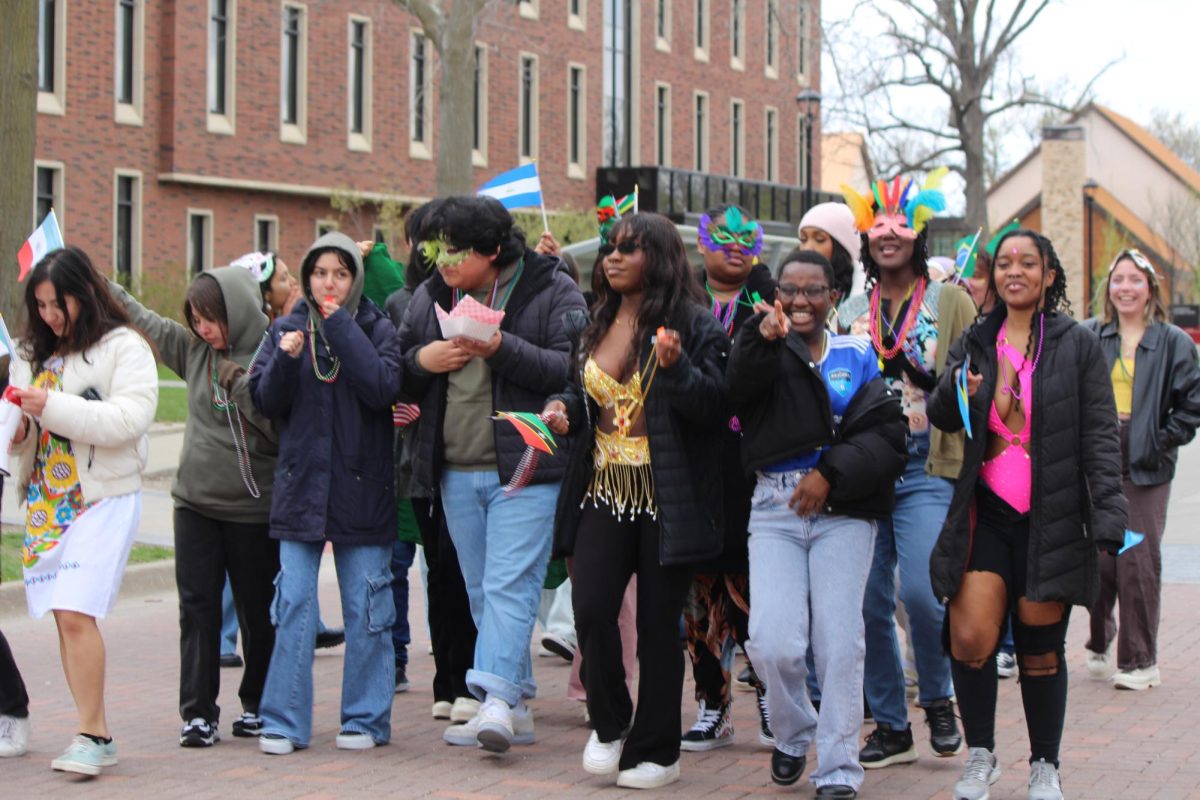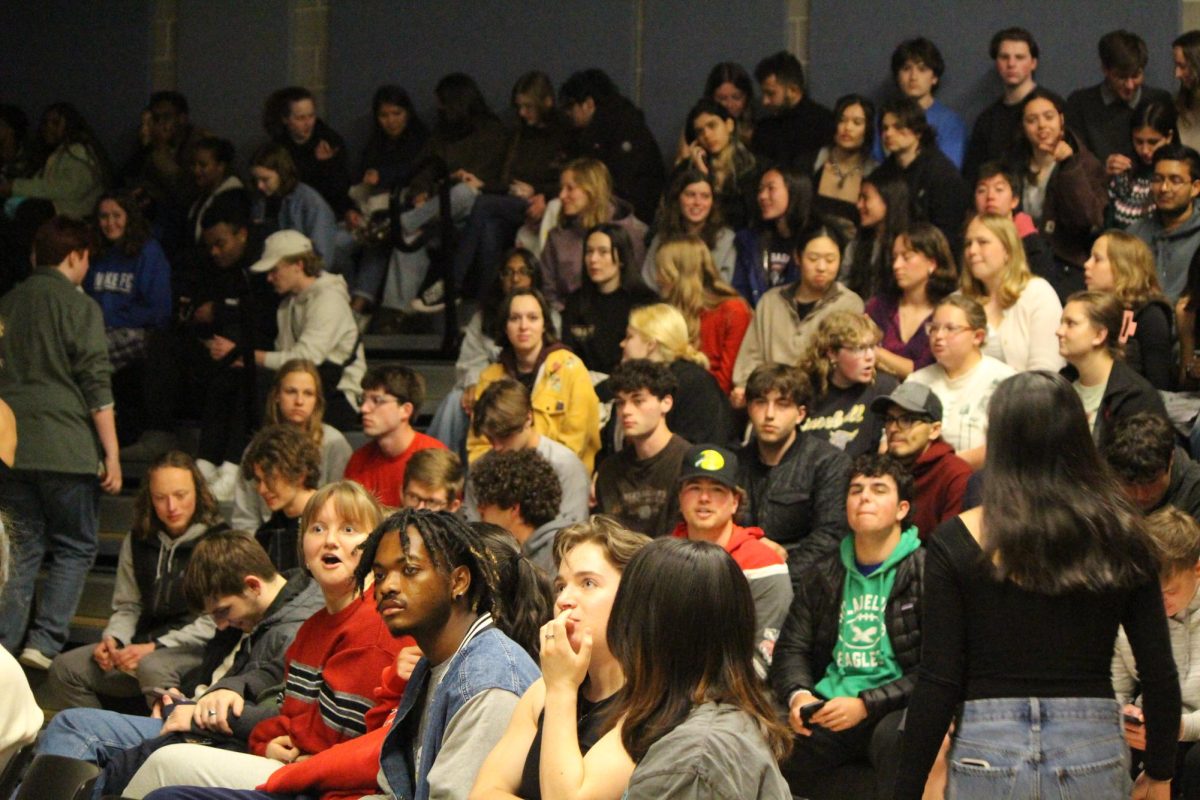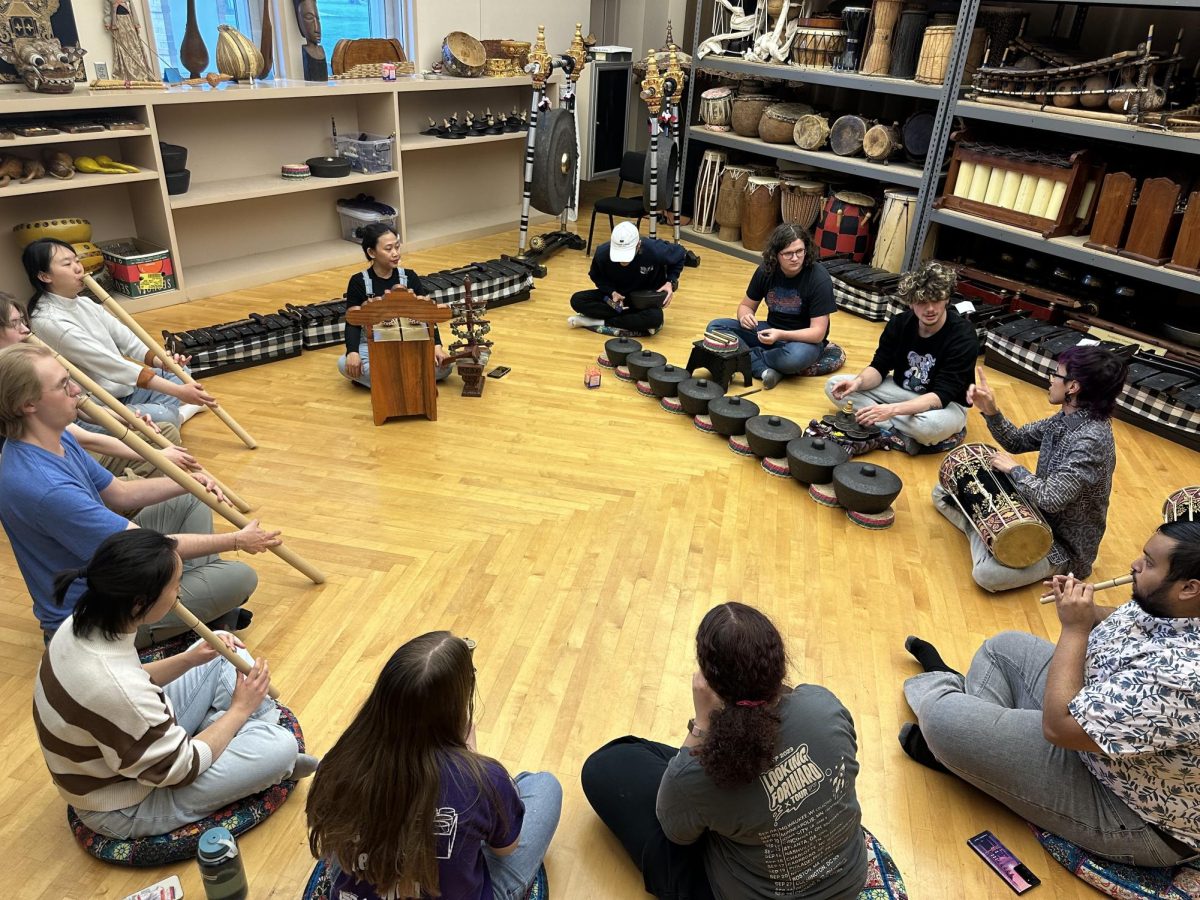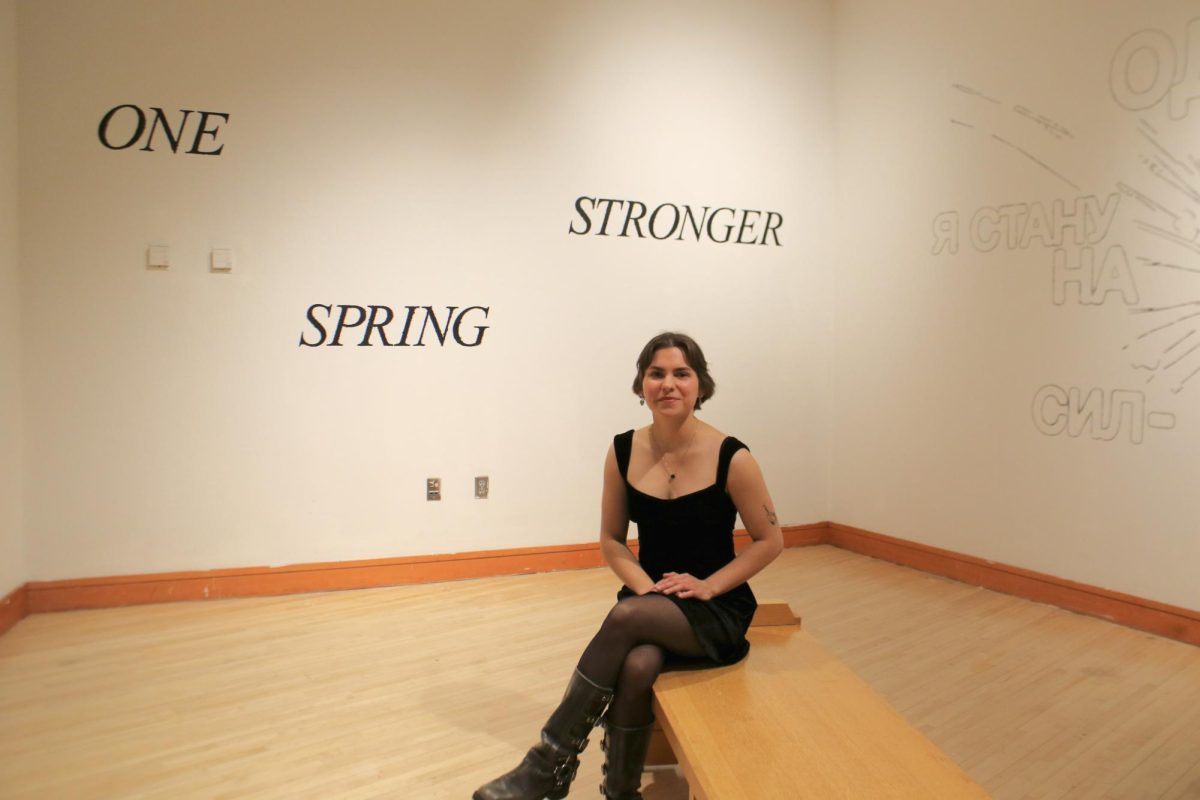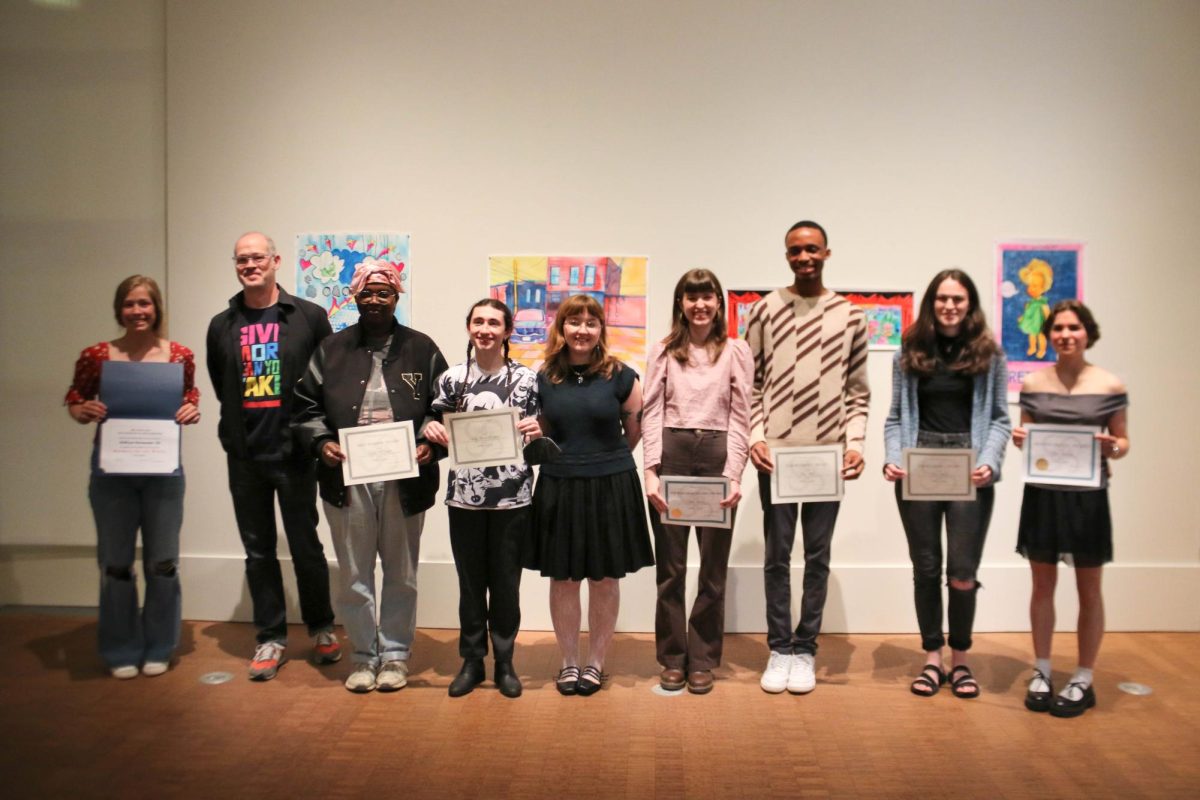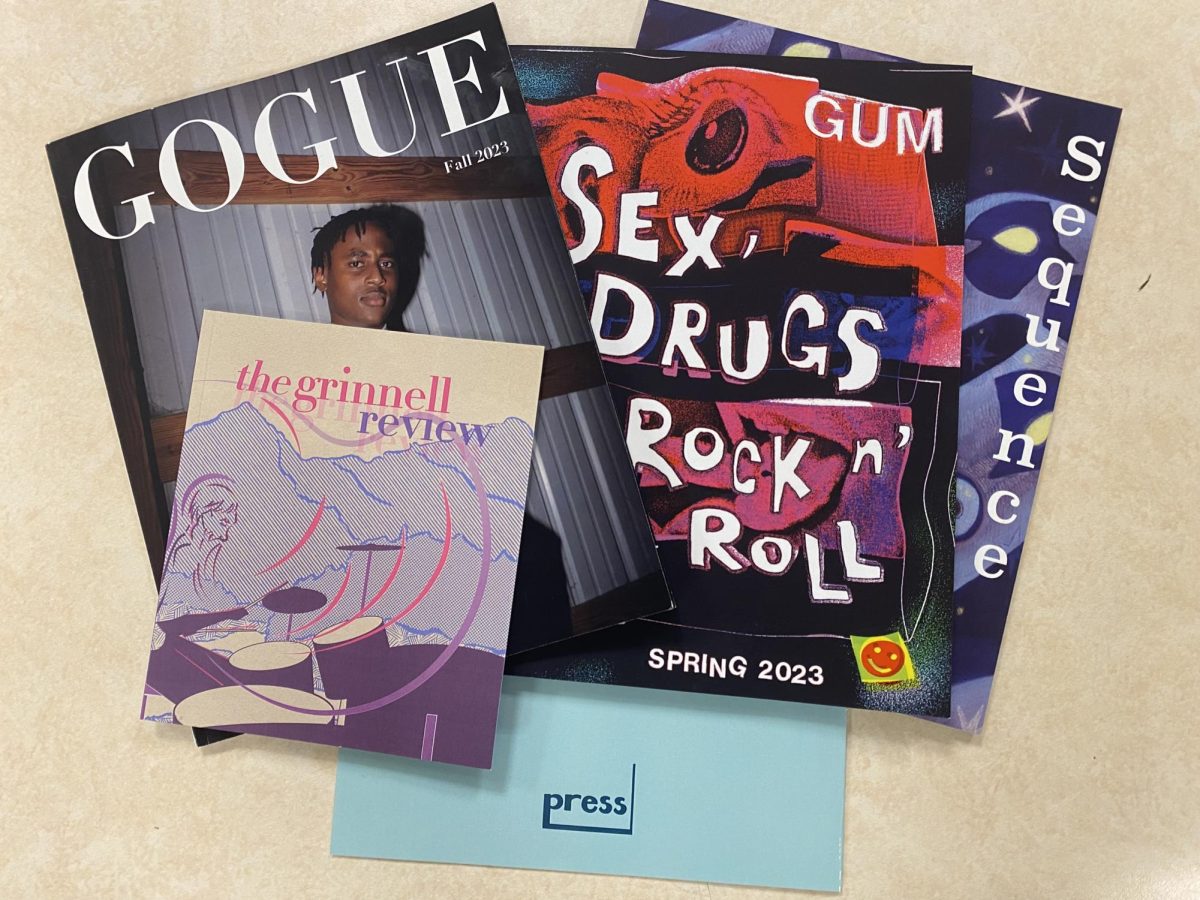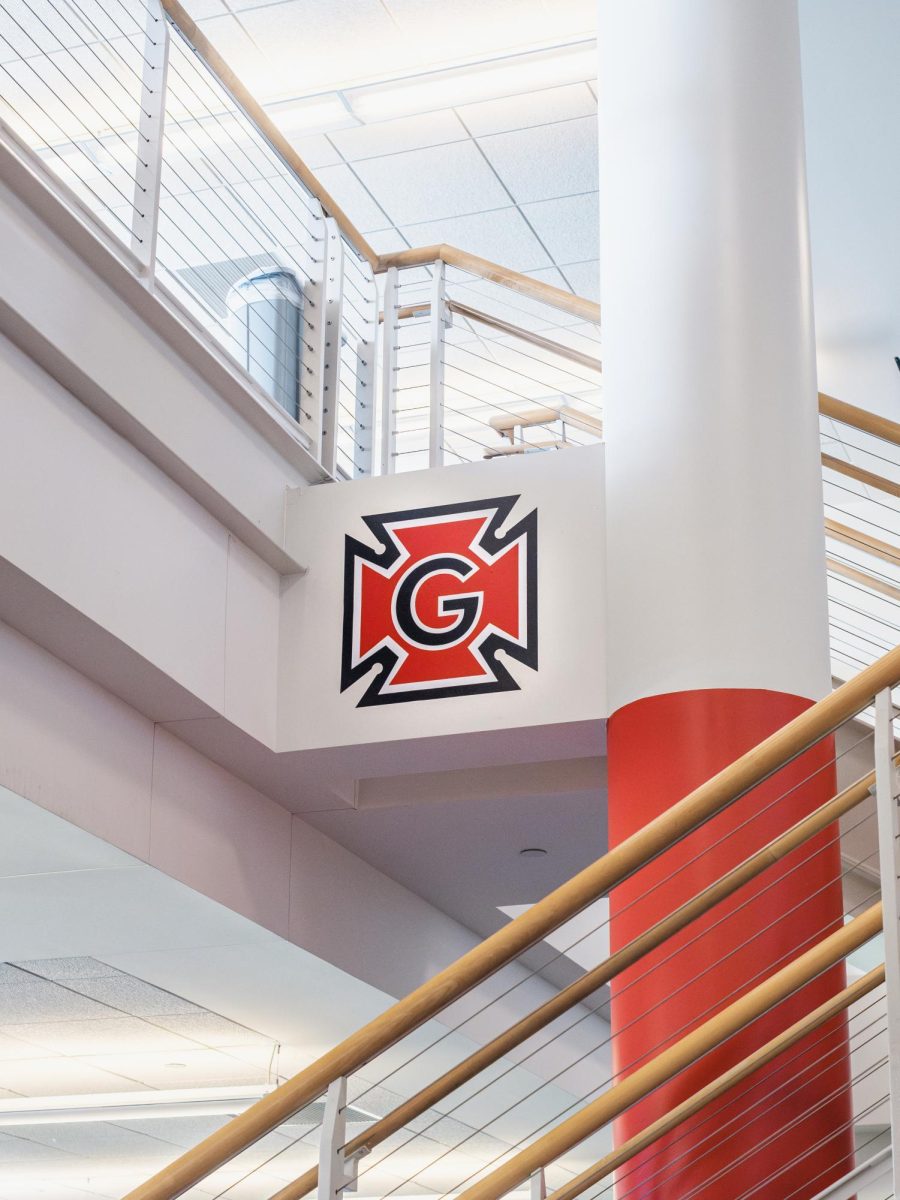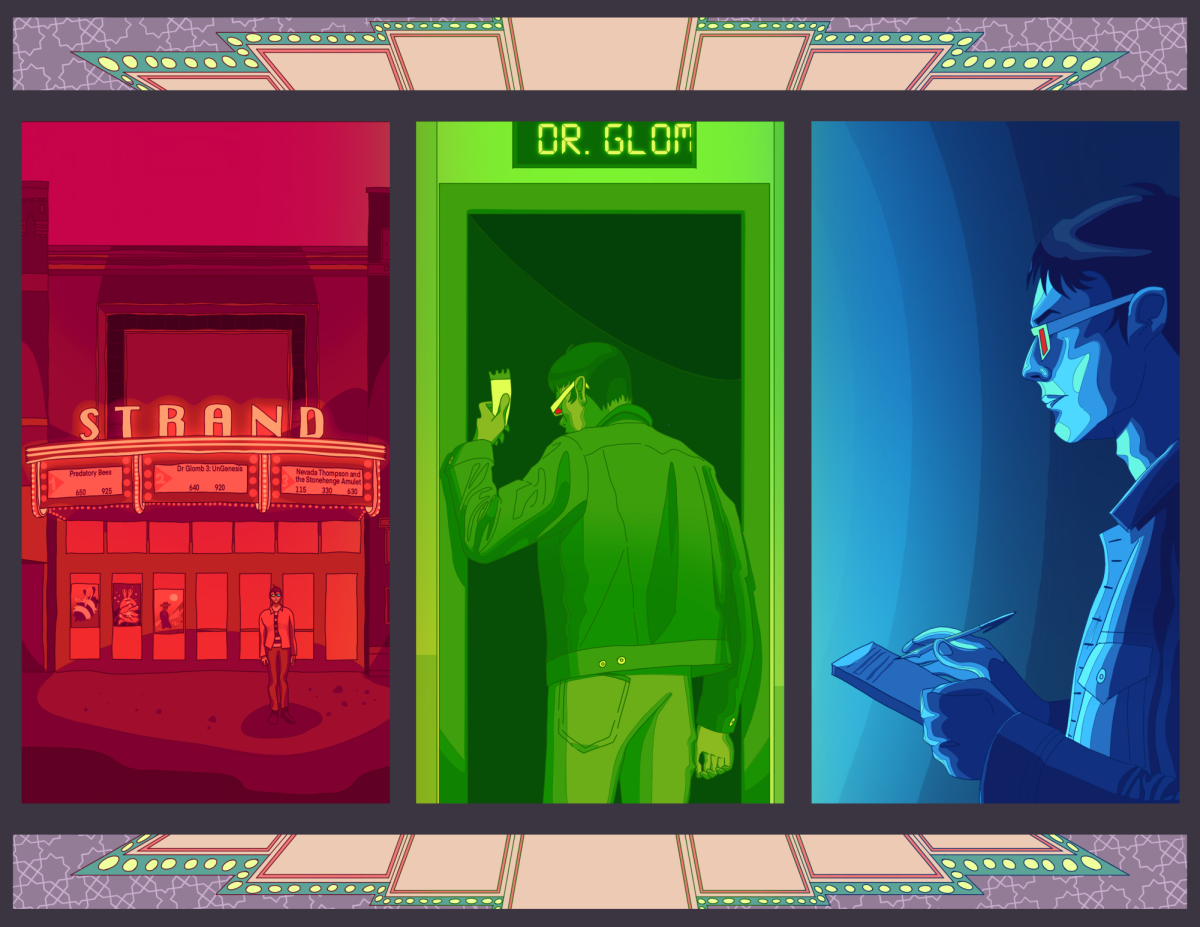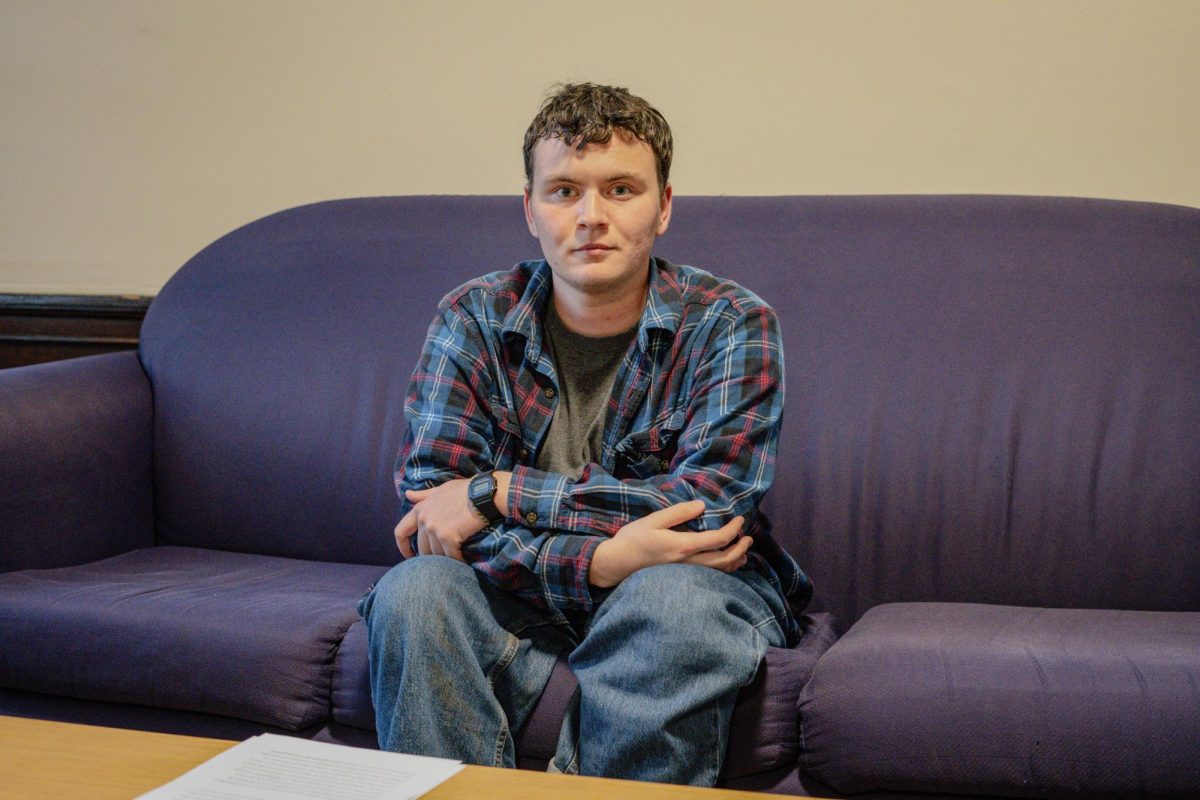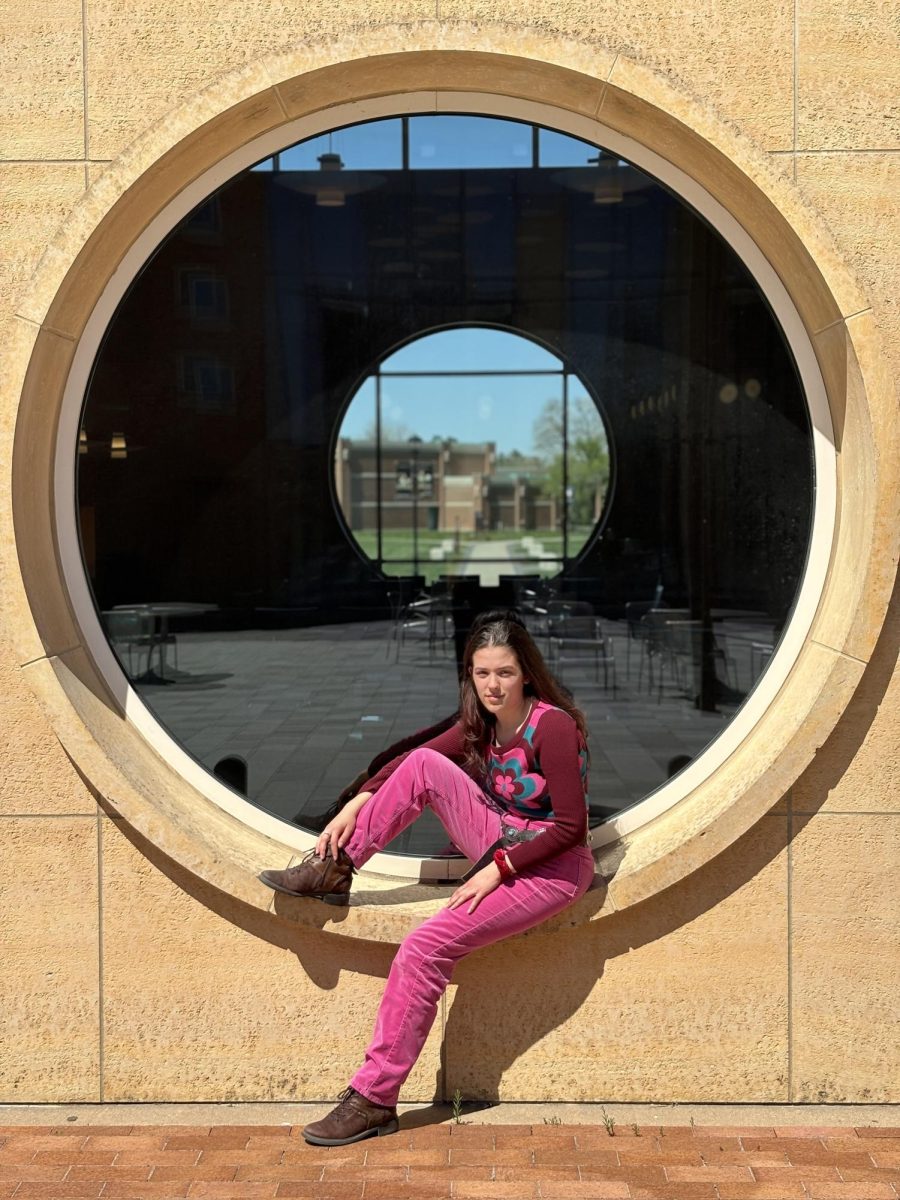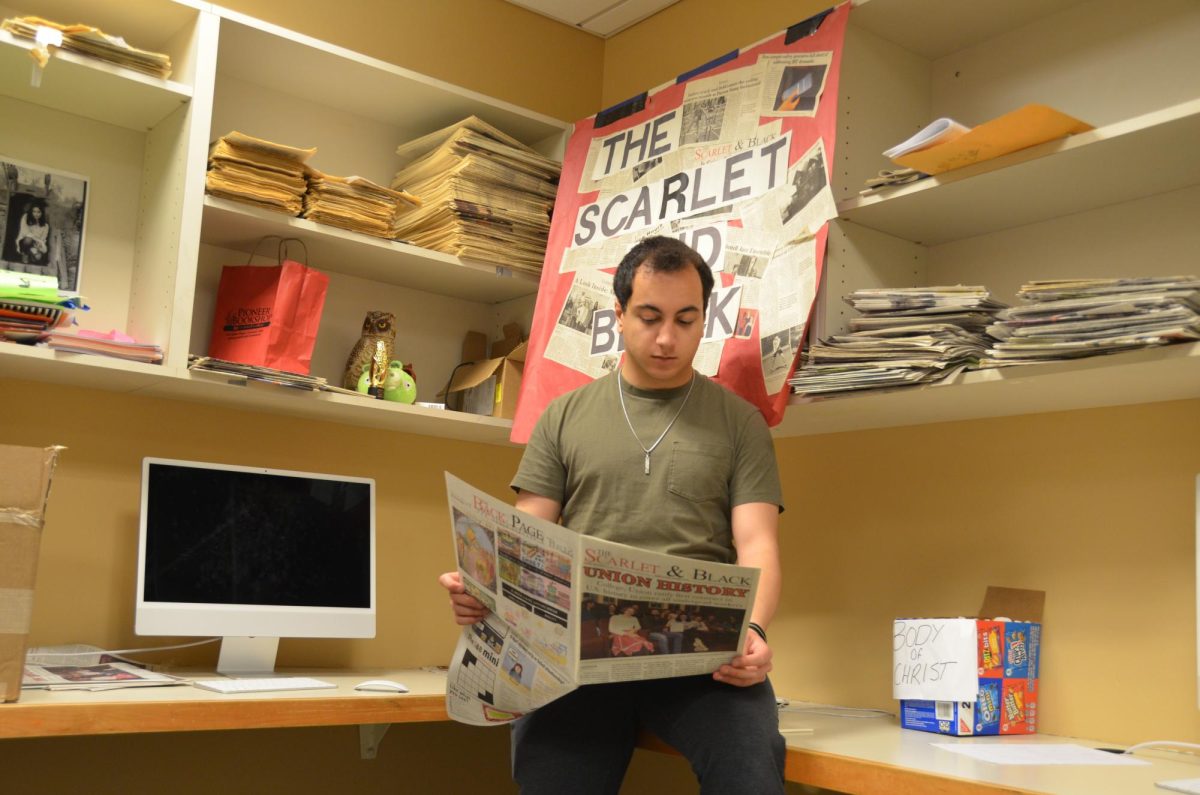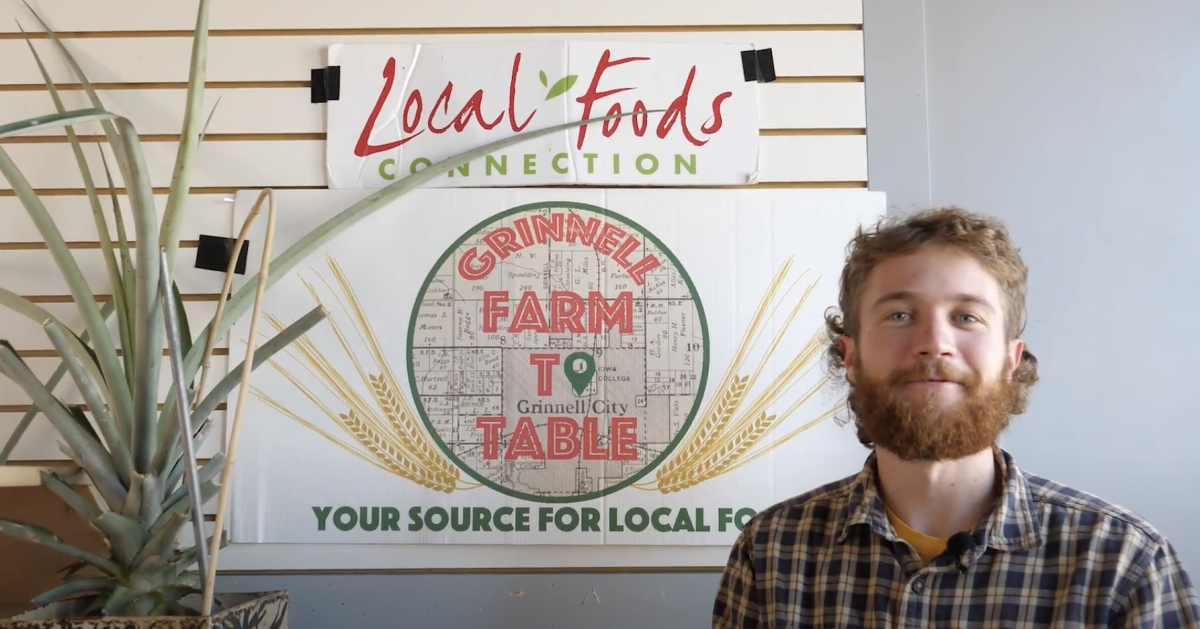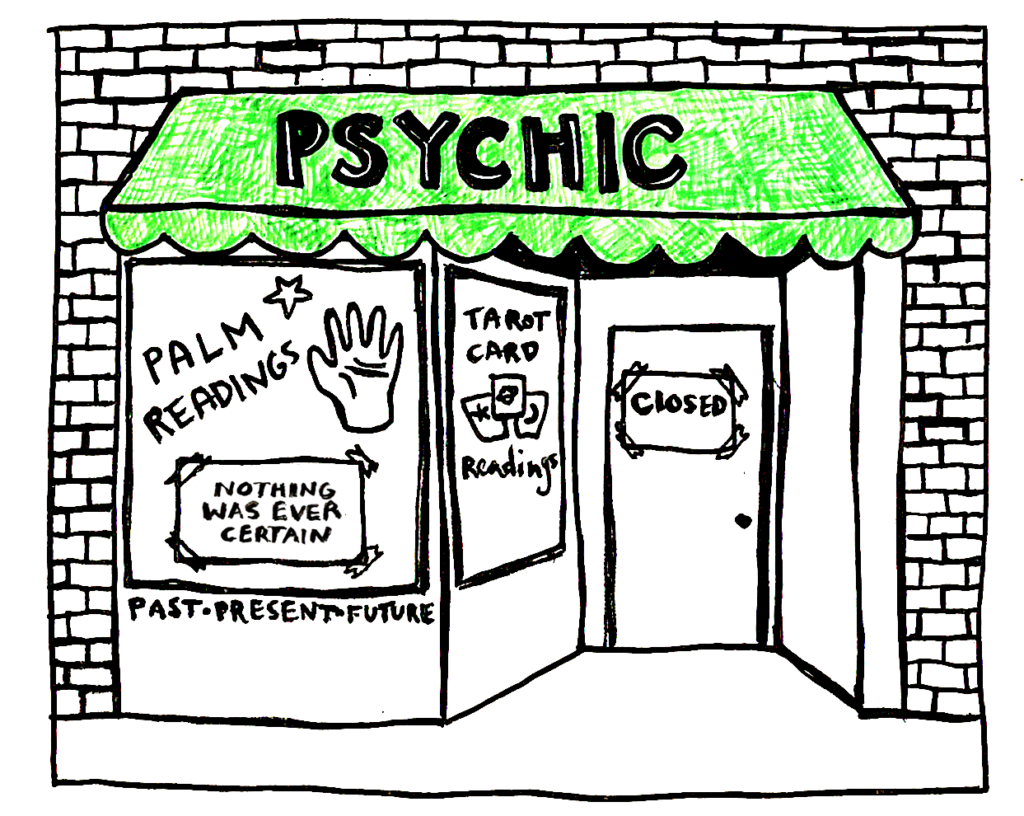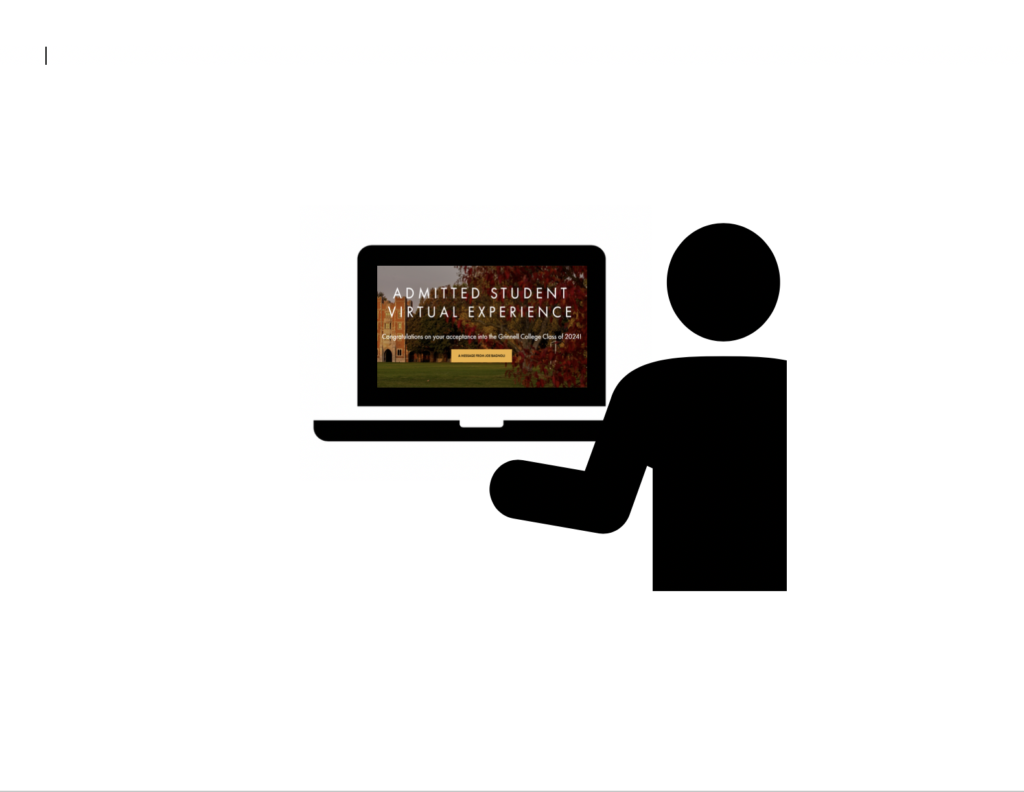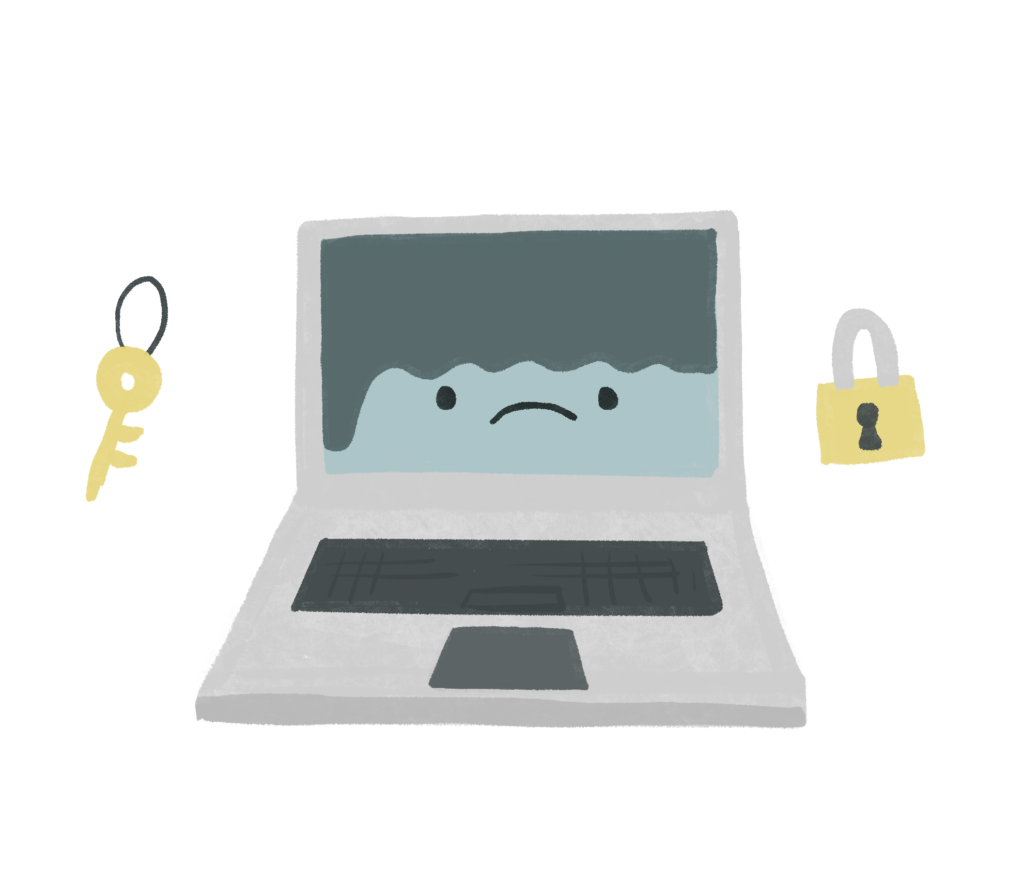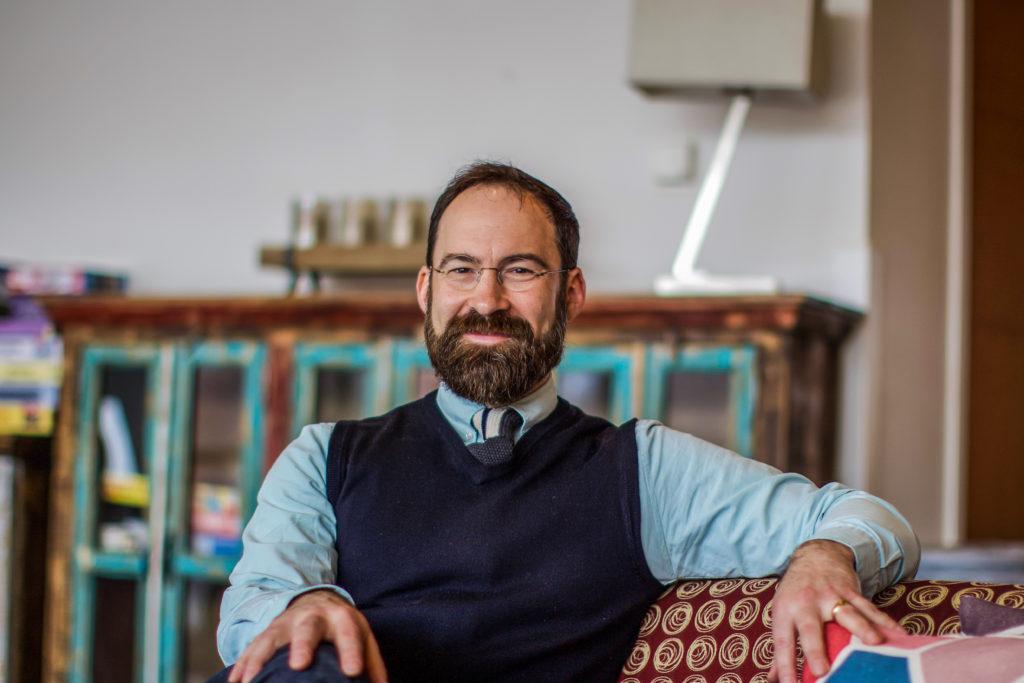This week, the S&B sat down with Timothy Barrett, a Research Scientist and Paper Specialist at the University of Iowa Center for the Book, to ask him about his career in handpapermaking. On Thursday afternoon, Barrett spoke on his 30-year career and elaborated on new research results regarding new research results that involve using non-destructive analysis methods to analyze over 1,500 paper specimens produced over the length of five centuries.
When did you first become interested in the papermaking process?
Well, as a teenager I really enjoyed making things with my hands in general. But my father was a professor of English and American Lit at a small liberal arts school just like Grinnell, Kalamazoo College in Kalamazoo, Michigan…Well Kalamazoo, MI, where I grew up, was a papermaking town, and I somehow at one point asked him how paper was made before the paper machine and I think he’d taken me on a tour of a couple papermaking mills when I was much younger. He knew enough about the history of the book to tell me that it was done on a flat device, one sheet at a time. I found that intriguing, and when I got into high school—boarding school—I did a little of research in the library and found out more about it and got really curious about it and pursued it along with other things in college … but it wasn’t a big focus until later. One of many similar stories of one thing led to another.
What is the basic process of papermaking?
Well in general, really simply put, you take cellulose fiber, it has to be macerated, beaten in water, and then dispersed in water, then strained out again on a flat, even layer and then basically you just have to dry it and the cellulose bonds naturally to cellulose but it has to be beaten well. Then you can peel it off of that surface. Now, there’s different ways of finessing that, where you take the sheet off before it’s dry and stack them up and dry them and other different ways. But that’s more or less all there is to it.
What are the most significant differences that you have noticed in the paper making techniques practiced worldwide?
Well, papermaking is a lot like a lot of other crafts. People over the centuries have figured out ways to more of it faster, quicker and cheaper. At the same time, often the quality has gone down. The ability of the paper to last over the centuries has gone down. The aesthetic properties of the paper have gone. So, cheaper, quicker, faster has been a common theme. I’m one of a group of people who are really interested in some of these older techniques, and the relationship between those older materials and techniques and some of the aesthetic properties of the paper.
What aspects of your work do you find most exciting?
Well I suppose the most exciting aspects are the things that I don’t understand yet, that I’m still trying to figure out. If I had figured out how to make the kind of paper that I really want to make or if I had answered all the questions I have about the older techniques, I would probably be doing something else. Lately we’ve found out that one of the reasons for some really classy looking 15th century European papers, one of the reasons is that they have a lot of gelatin, and that’s never been proven before. So that’s kind of cool. All research gets exciting when you realize you’re discovering something for the first time. Then it’s fun to share it with other people.
What message about the importance of understanding and appreciating the papermaking process would you like to share with the Grinnell community?
Well, it’s important to remember that papermaking was invented in China in the beginning of the common era, and for 18 centuries, that’s how it was made—one sheet at a time by hand. So you can collect handmade paper simply by buying any book printed before 1800 because the paper machine wasn’t invented until 1800. But even after the paper machine was invented, paper has been so prevalent in our lives that we really, really take it for granted. If you think about it, there are so many things in our culture that are pretty much run and carried by paper—birth certificates, currency, love letters, letters home from Grandpa during the war, and on and on. Paper is very deeply set in our psyches, and the notion that somehow paper is not important anymore or is less and less important, I think just the opposite is true. As the culture gets more and more digital, more and more holographic, the idea of sending a special letter to a special person on handmade paper, especially if it’s hand calligraphed, is going to have an amazing impact on that person…in part because of this cultural heritage, this cultural cache, that paper has. The same is true with books. They’re so common that we take them for granted, but they’re very loaded objects in our culture. So, I guess I would say just pay attention to paper because it’s very special, it can be really special. It has a real history and a real future.


